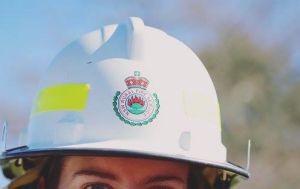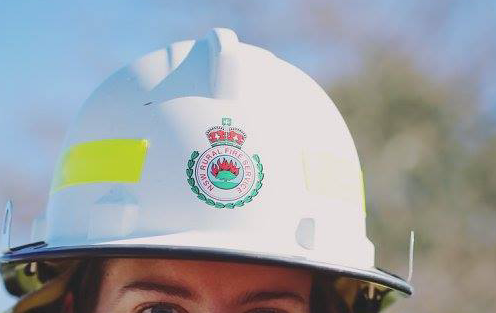Grab a hat, pop on the walking boots, time to check out your patch.
 TASK: Hazard Spotting
TASK: Hazard Spotting
Wearing your honorary firefighter helmet, take a walk around your local area and look upon it as a bush firefighter does.
Take a pen and paper and note down what you find. We’ll refer back to it later in the Challenge.
Why is this important? Many people say they will leave their homes in the event of a fire. But how will you get there? Knowing the location of hazards and potential safer places will help you decide if and when to leave your home and what is the safest route to take, bearing in mind where the fire is located.
What to look for:
- Are there vacant blocks or parks – overgrown or tidy?
- Do any houses in your street have bush land right behind them?
- How old are the houses and what are they built from? (Homes built in the last 10 years need to meet stricter fire safety standards)
- Take note of the types of trees around your place – is the undergrowth dense or open? Natives, deciduous?
- Does your neighbour have a priceless collection of old mattresses or other useful junk piled in the yard?
- Can you see any hydrants? Are they clear and easy to access? Be a Hydrant hero!
- How much of the bush in your area was burnt in the last season? We’ll cover the 2019 fires later in the Challenge.
The Bigger Picture
Where your home is located will affect the speed at which a wildfire can arrive and how much warning you might get. Below are points which will assist you in making a decision on whether to stay put or when you need to leave in a fire emergency.
- Are you on top of a ridge or in a valley?
- How far can you see?
- What direction do most winds come from in your area?
- Does the bush come right up to the top of your road? Could you be isolated if a fire came through quickly?
- Look for burn or scorch marks on trees – they could be from a hazard reduction burn or from a wildfire. It is hard to tell which just by looking at them but it is information you can use when researching your area’s fire history.
Now you have snap shot of your area
Later topics will refer back to what you have discovered in this task so keep your list.
If your neighbour asks you what you are doing in the street with a clip board and a funny hat, why not invite them to take a walk and do the challenge with you!
Bonus points!
Take a photo of a hazard (or a solution) and share it with us via social media. Alternatively, you can email us a photo and we will post it on our Facebook page (tell us how you want to be credited). Pictures are worth a thousand words.
